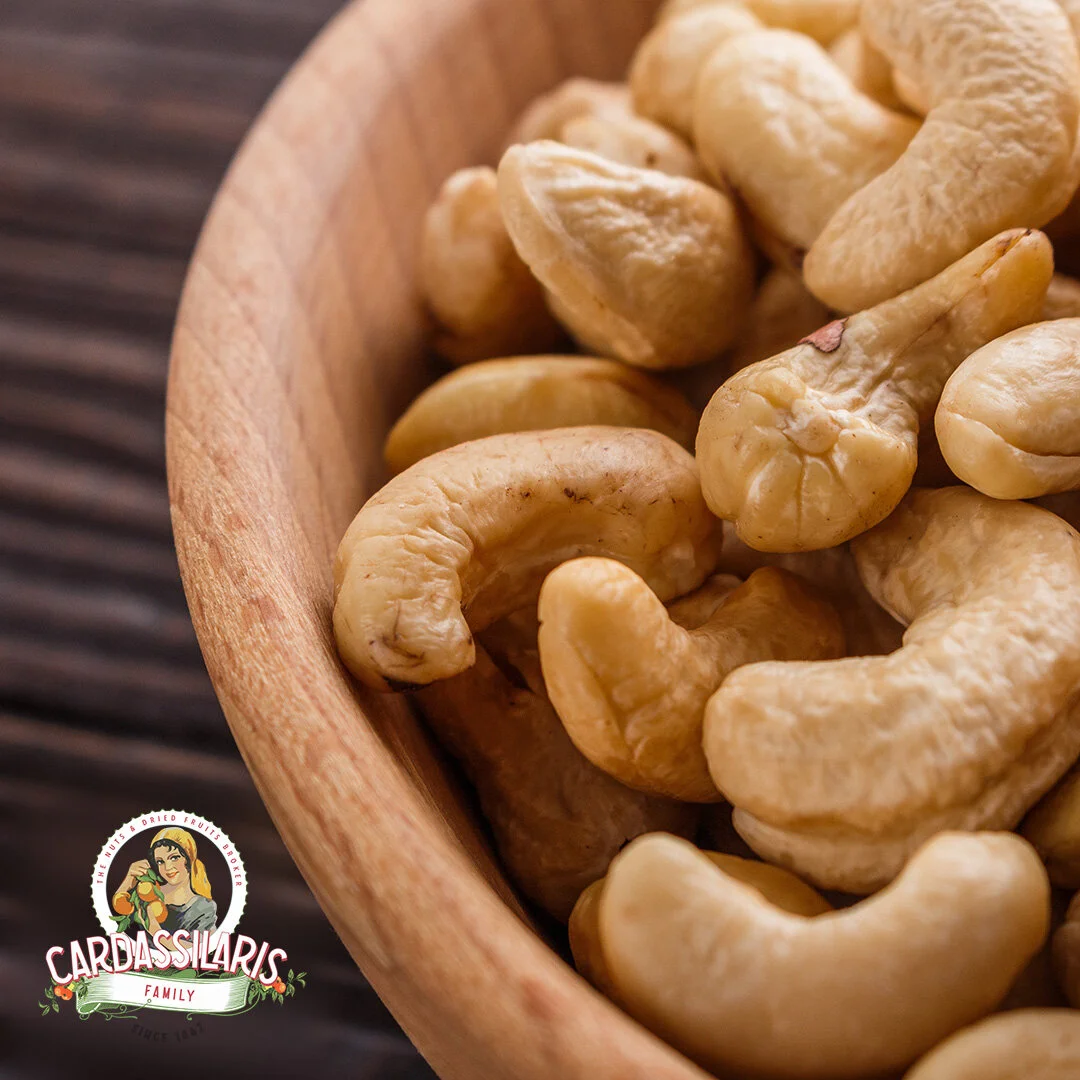Peanut Market Update October 2021
While the peanut crop in Argentina and Brazil this year has been quite good in quality, without facing any issues during harvesting and growing, there has been a lot of concerns about deliveries. Thanks to the uncertainty about shipments as well as ever-increasing freight rates, the industry seems to be in a disarray.
Of course, there is good news from the United States’ crops but due to the uncooperative weather conditions in China, things don’t look too good at the moment.
What’s Going On?
Perhaps one of the most concerning news comes out of Argentina where land prices are increasing, causing there to be a decrease in plantings for the coming year. Furthermore, almost every shipment has been completely or partially cancelled or rolled on to the next vessels due to the continued increase in freight rates.
This news is making European buyers nervous and while Argentina has continued to ship 40,000 to 50,000 metric tons of peanuts every month to satisfy the European demand, it is unlikely that they will arrive on time.
Peanut shellers say that almost all shipments for October have been cancelled which makes the situation extremely alarming because there is no news on what will happen in October. Freight rates have also caused prices to increase rapidly.
The same is happening in Brazil at a lesser extent because the EU mainly ships from Argentina. This means that the continued increase in freight and land prices is quite troubling for the future of the peanut market in Argentina. Growers have much more incentive to abandon growing peanuts in favour of soybeans and corns which offer them a better price.
But that is not all. The dry is expected to continue for the next six months in South America, which will definitely impact the entire peanut region.
What Is To Be Expected?
However, even with all of this bad news, the United States reports positive things only. While the September crop is lower than the August one, reports of good weather contribute to good quality and higher yields than expected. It is expected that the demand for these grades will continue to keep the market tight and at a higher price level. It is quite likely that the USA runners will be competitive with Argentine or Brazilian origin but not so much on blanched peanuts.
Even though previous reports from China had been positive, this is likely to change as the weather is quite uncooperative. The biggest concern, so far, for the earlier-planted spring crops in Henan is more on the quality side. Growers have been doing their best to minimize yield loss but cannot do much about the quality since the drying of peanuts in China still relies on sunshine.
Because of weather issues in Henan and uncertainty in northeastern origins, Graded Hsujis of old crops (ex. cold storage) have gained on average RMBY600/MT during recent weeks. At the moment, there is nothing more that can be done than to wait and see what happens.









